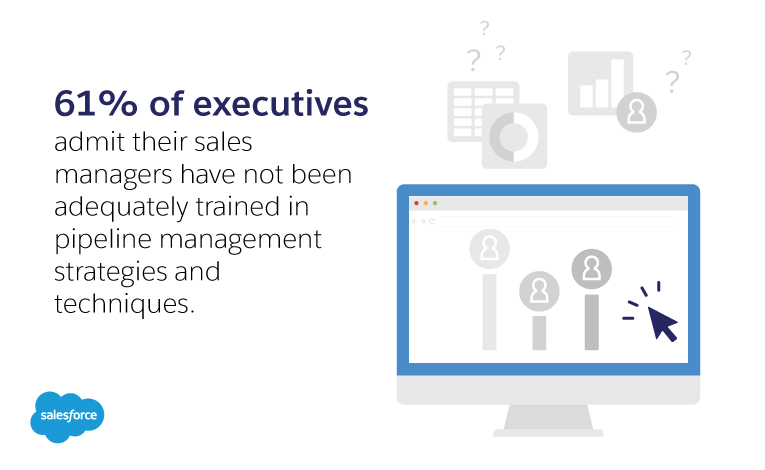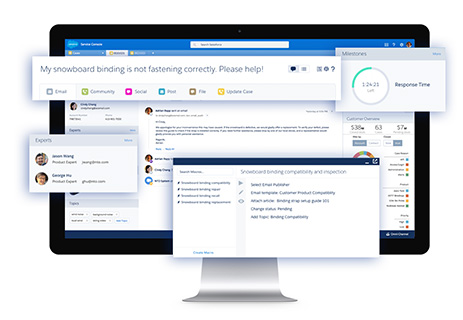how to close the sale
Craft Better Sales Meetings

In the typical enterprise environment, there are some project managers whose job is to liaise between different groups, to moderate a seamless flow of communications, and to preside over the necessary meetings that keep complicated projects moving on pace toward their goals. But for many whose jobs involve actual production — either in the form of deliverables or closing new sales deals—the prospect of burning daylight hours in a conference room while a representative of management slings cliché business buzzwords like ‘low-hanging fruit,’ and/or ‘moving forward,’ rates somewhere between listening to nails on a chalkboard and visiting the dentist.; And this isn’t hyperbole; the truth is that 46% of employed Americans would rather do an assortment of unpleasant tasks (such as wait in line at the DMV, commute for several hours, or even watch paint dry) than spend time in status meetings. In fact, in a survey where 1000 business employees were asked to rank the biggest workplace distractions, ‘too many meetings’ was the number-one answer, beating out ‘inefficient team members,’ ‘office politics,’ ‘busy work,’ and even ‘bad bosses.’
Business professionals don’t want to sit through hours of pointless jargon when they could be making actual progress on their workload. After all, it is their own performances, rather than their abilities to remain attentive during meetings, on which their careers depend. Despite this, as much as 37% of employee time is spent in meetings (according to the National Statistics Council).

Cost–Benefit Dilemma in too Many Meetings
That is not to suggest that meetings are bad in and of themselves. Project updates, sales, brainstorming, information sharing, and strategy are all critical elements of most projects, and all those initiatives are advanced through meetings. In fact, the complex digital workplace of today is far more robustly team-oriented than ever before. That makes frequent meetings all the more necessary.
On the other hand, if you put that into context by factoring in all the salaries and overhead for meeting space and related utilities, it becomes obvious that heavy amounts of cash are spent on meetings every month. Some studies estimate that, nationwide, $37 billion in employee salaries is spent annually in time and preparations related to meetings. So, if those meetings are either unnecessary or ineffective, which according to Psychology Today around half of them are, a lot of money is flowing down the drain on a near-constant basis.

In-Person Meetings are Effective but Expensive
When Sales Meetings are Ineffective
Keeping Sales Meeting Effective and Efficient
This, of course, leaves business leaders with a dilemma: how can an organisation balance the need for team coordination and communication, without having a negative impact on productivity or employee satisfaction? To answer this difficult question, we’ve compiled a few useful tips.
Provide an agenda beforehand
Outlining the agenda in advance clues everyone involved into the purpose of the meeting. That information enables participants to come prepared with questions, comments, and feedback, and it helps them know what to expect.Set a time limit, and stick to it
There’s a good chance that everyone in attendance will have either a heavy workload keeping them preoccupied, or another meeting to get to. Adhering to the pre-set time limits—both for individual topics, as well as for the meeting as a whole—gives everyone a fair chance at handling their own time management. A general rule is to limit meetings to no longer than one hour, with very few exceptions (shorter meetings, however, are still acceptable).Keep the focus narrow, and stay on topic
Rather than briefly touching on a wide range of issues, pick three pertinent issues and cover them in depth. Since we’re talking specifically about sales meetings, the sales meeting agenda should state the desired outcome right up front, so that everyone in attendance is on the same page.Keep meeting minutes for a follow-up email
Appoint one of the attendees to act as ‘scribe’ to document decisions and agreements that are made. Compile meeting minutes into a follow-up email, and then send it out to all attendees once the meeting is over. The follow-up email provides assurance that employees can remain focused and engaged without having to concentrate on note taking.Don’t hold meetings unnecessarily
Meetings should be held only to support decisions that have already been made, not as a forum for decision making. Likewise, meetings should not center around information sharing—most Information can be easily shared via email. Finally, regularly-scheduled meetings that hold no specific purpose should be avoided. Basically, no meeting should ever exist for the sake of having a meeting.
It certainly is odd that most people say they still prefer to hold sales meetings in person, but then complain about the ineffectiveness and inefficiencies common to meetings. There’s an obvious systemic disconnect inherent in business culture, but it doesn’t have to be that way. By taking an honest look at the meetings being held, as well as the purposes and reasoning behind those meetings, organisations will be able to refine their meeting processes to produce a more efficient and effective company culture.



